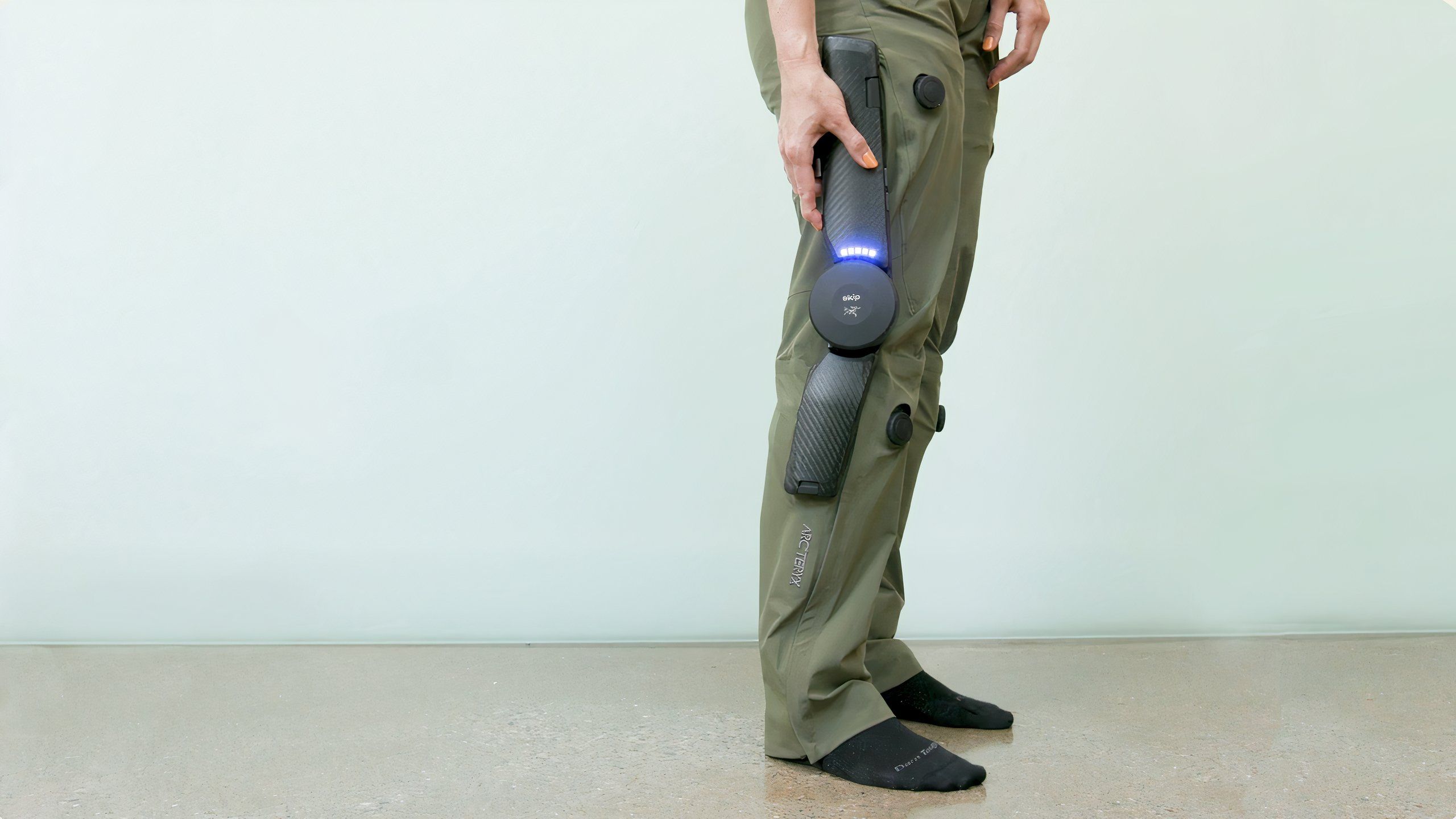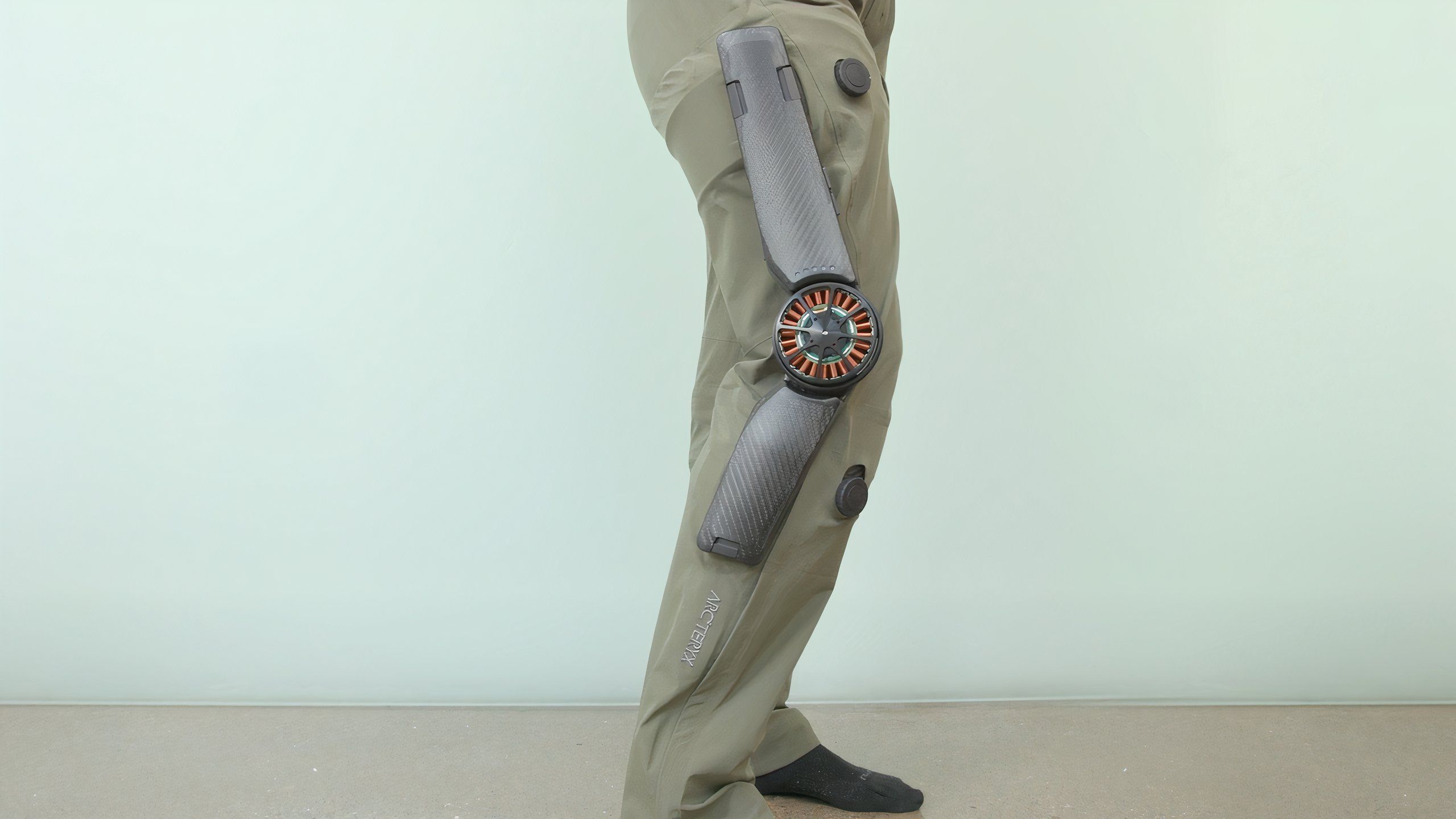Key Takeaways
- The MO/GO Exoskeleton Pants from Arc’teryx and Skip will improve your hike, make you feel lighter, and improve your performance on the uphill climbs.
- The exoskeleton uses motors and machine learning to help you walk uphill and protect your joints when going downhill.
- Despite its high cost and limited battery life, the MO/GO offers a glimpse into the future possibilities of exoskeleton technology.
Exoskeletons are still mostly thought of as a way to restore mobility to paraplegics and make physically demanding jobs less dangerous, but if you’re willing to shell out $5,000 or so, you can try one out now. Arc’teryx’s MO/GO exoskeleton pants and Skip, the former X division of Google, are focusing away from the usual medical and corporate uses of exoskeletons and on something much simpler: making walking and hiking more accessible.
While most wearables on the market are focused on giving you information you don’t already have or helping you see things in ways you normally can’t, these pants change what you’re physically capable of. That kind of functionality doesn’t come cheap. For a hefty $5,000 purchase ($4,500 if you put down a $99 deposit today) or $80 to rent for eight hours, the MO/GO literally makes walking uphill easier and your knees less strain on the way downhill. And it looks like a classy pair of Arc’teryx pants. Here’s how these exoskeleton pants work and how Skip envisions using them.

Related
Apple Maps’ iOS 18 upgrade goes beyond hiking
While Apple was primarily focused on the new hiking feature in Apple Maps, it actually extends to all walking trips.
How MO/GO makes hiking easier
Like an electric bike for walking
Skip / Pocket Lint
The MO/GO is essentially two main parts: Arc’teryx’s Gamma pants, which have been redesigned to house and organize all of the exoskeleton’s various movement and battery components, and the Skip exoskeleton itself, which consists of lightweight carbon fiber cuffs that wrap around your legs inside the pants, and a frame, motor, and battery that clip on to the outside. Overall, the MO/GO is more Death Stranding than Wallace & Grommit’s The Wrong Trousers, which means you’ll look a little goofy wearing it, either way.
Skip says the MO/GO makes users feel 30 pounds lighter while walking, and typically improves uphill walking speed by up to 40 percent. On the way downhill, the exoskeleton’s assistance should reduce strain on knees and joints. But the assistance comes with a downside: the MO/GO’s battery life won’t necessarily last all day.
Skip says the current battery is designed for “three hours of strenuous uphill walking at full assist on a single charge,” and that the MO/GO currently comes with a spare battery. Even with multiple batteries, you might not be able to take the MO/GO on a multi-week backpacking trip, but you can at least use downhill travel to charge the exoskeleton’s batteries.
Motors and Machine Learning
Skip / Pocket Lint
Skip essentially uses motors attached to the MO/GO’s knees to boost the force of the quads and hamstrings when walking uphill, and to absorb the shock that footsteps cause to the joints when walking downhill, making the whole system work. Software built into the exoskeleton (“trained on the world’s biggest mountains”) adjusts the motors to match your gait and activity level, providing more or less force, but you can also press a button to request more or less assistance.
According to a hands-on review by Fast Company, walking in the MO/GO isn’t as comfortable as walking normally — one described the pants as feeling like “a little bar being pushed into your upper body under your hamstrings” — but the exoskeleton certainly seems to be working to its original goal of making more strenuous hikes easier.
First chance to wear an exoskeleton
With its limited battery capacity and high price, the MO/GO obviously won’t be for everyone, but it’s an inspiring example of how robotics research is pioneering entirely new kinds of equipment. Exoskeletons that augment human performance seem much more likely to become a reality in our lifetimes than humanoid robots that completely replace human workers. If you want to get a feel for it, you can pay $5,000 and it will arrive around December 2025, according to Skip’s current order page.



